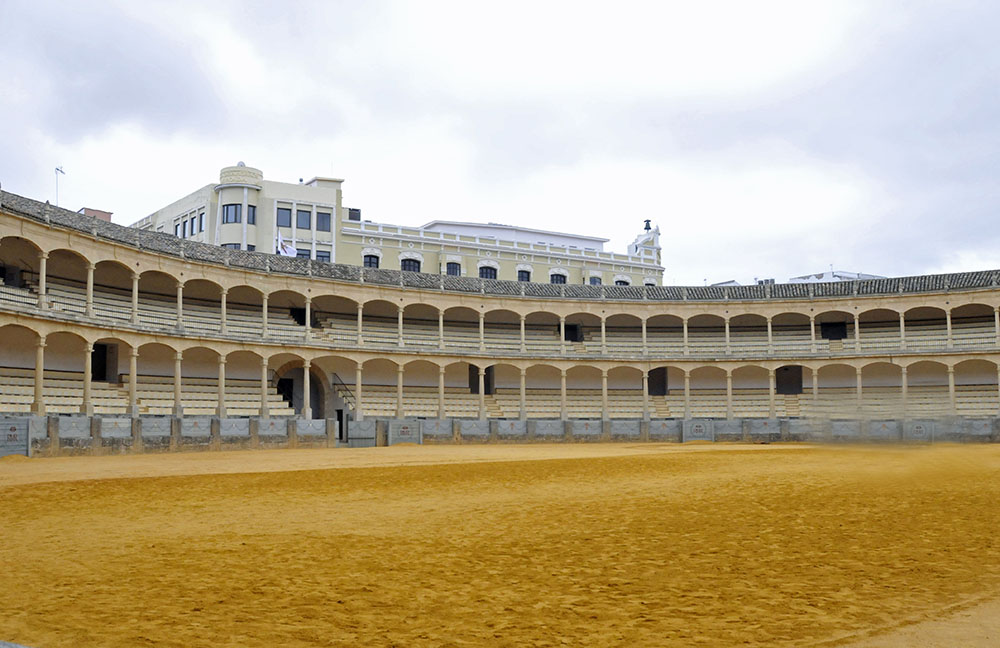
Ronda, a picturesque city in southern Spain, was once famous as the home of the first person to attempt to fly. Ronda is famous today as the home of the family that invented modern bullfighting.
Ronda, founded by Romans in the third century B.C., sits on a plateau split by a nearly 400 feet deep canyon carved by the Guadalevin River. When Muslims from North Africa conquered southern Spain in 711 A.D., Ronda became an important center of Islamic culture and learning. Abbas Ibn Firnas, one of the great polymaths of Islam’s Golden Age, was born in Ronda in 810. Among his inventions were corrective lenses, a method for cutting rock crystal, a water clock and a metronome to time his music. At age 65, he strapped feather-covered wings on his back and flew from a Cordoba mountain to a jarring, but otherwise safe, landing below.
Protected by its strategic location, Ronda was not captured by Christian forces of the Reconquista until 1485. Its illustrious Islamic past was then forgotten as Muslims were driven from Spain. Modern Ronda visitors are not told about Abbas Ibn Firnas, but instead learn of Pedro Romero, a Ronda bullfighter who popularized his grandfather’s novel idea of fighting bulls on foot using a gracefully maneuvered cape to conceal a sword for dispatching the bulls. Bullfighters previously killed from horseback, reflecting the hunting games from which bullfighting was apparently derived. Every September, the rich and famous come to Ronda for a week-long festival honoring Pedro Romero, who killed 5,600 bulls, and Francisco de la Goya, who painted bullfighters and designed Romero’s colorful outfits. Ronda’s 18th-century bullring, flanked by a statue of a bull poised to charge, now includes a museum of bullfighting. Nearby restaurants feature bull’s tail, an acquired taste.
For his bullfighting exploits, Pedro Romero is honored by a statue in a Ronda park. For his frequent visits to Ronda’s bullfights, Orson Welles is honored in a Ronda street name. For being the first man to fly, Abbas Ibn Firnas, forgotten in Ronda, is honored with his name on a crater on the moon.




